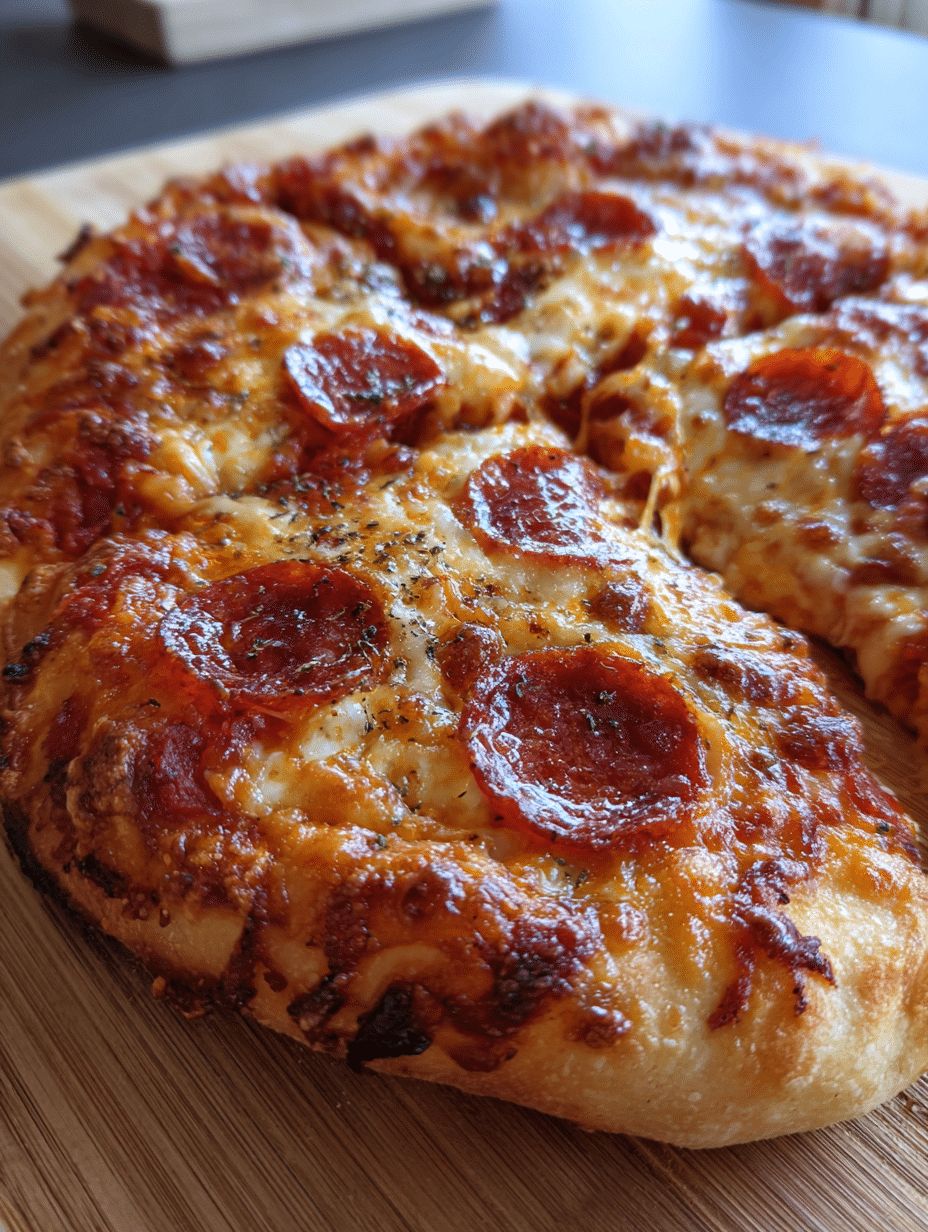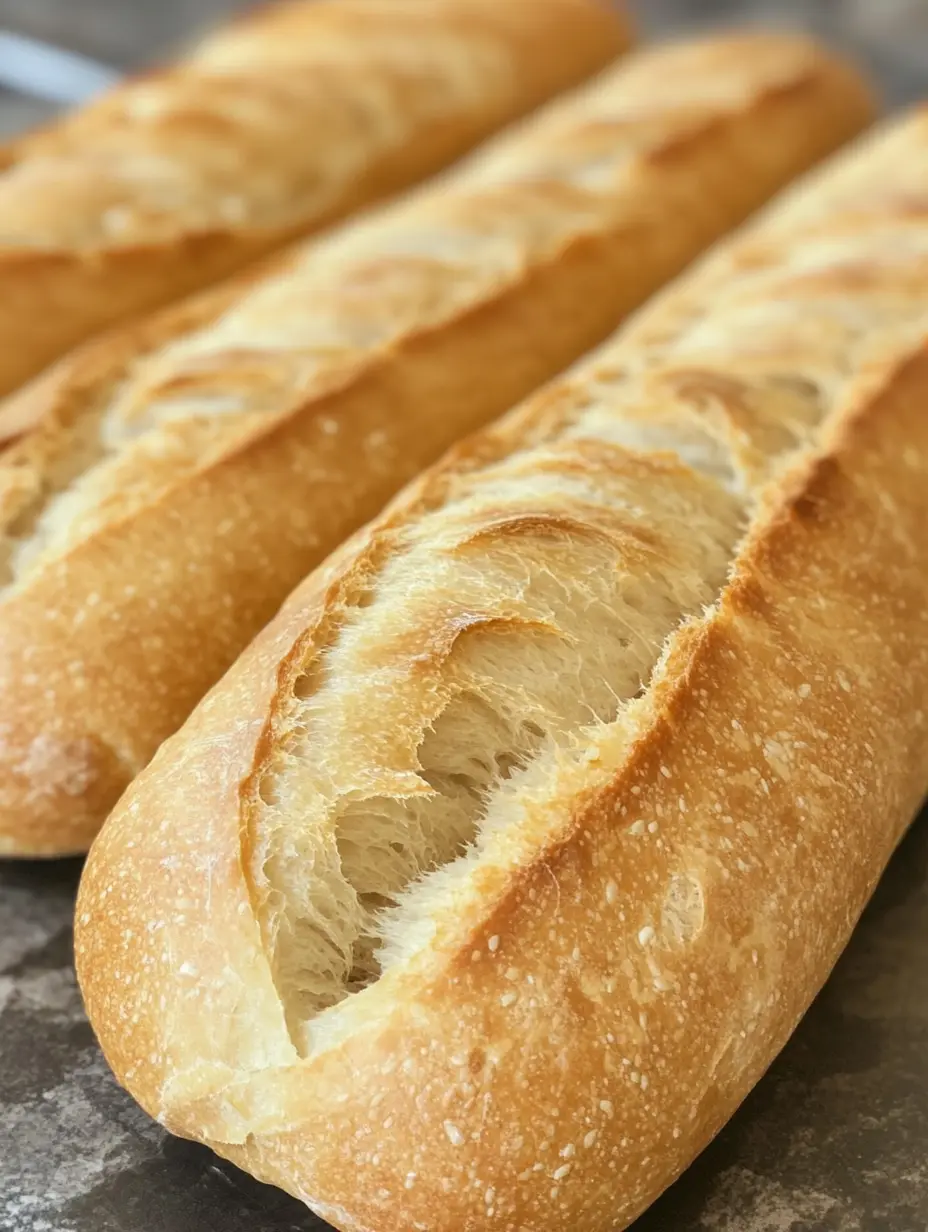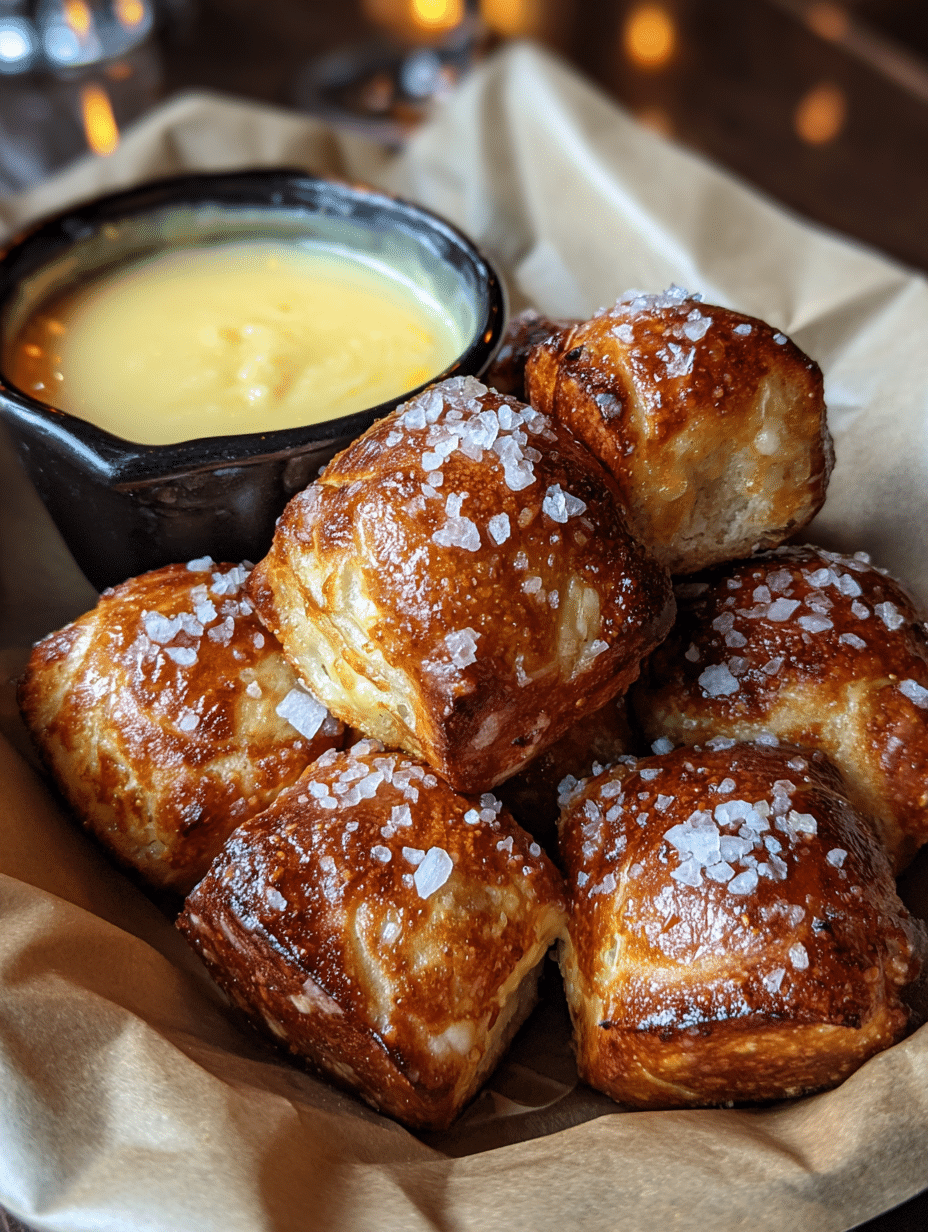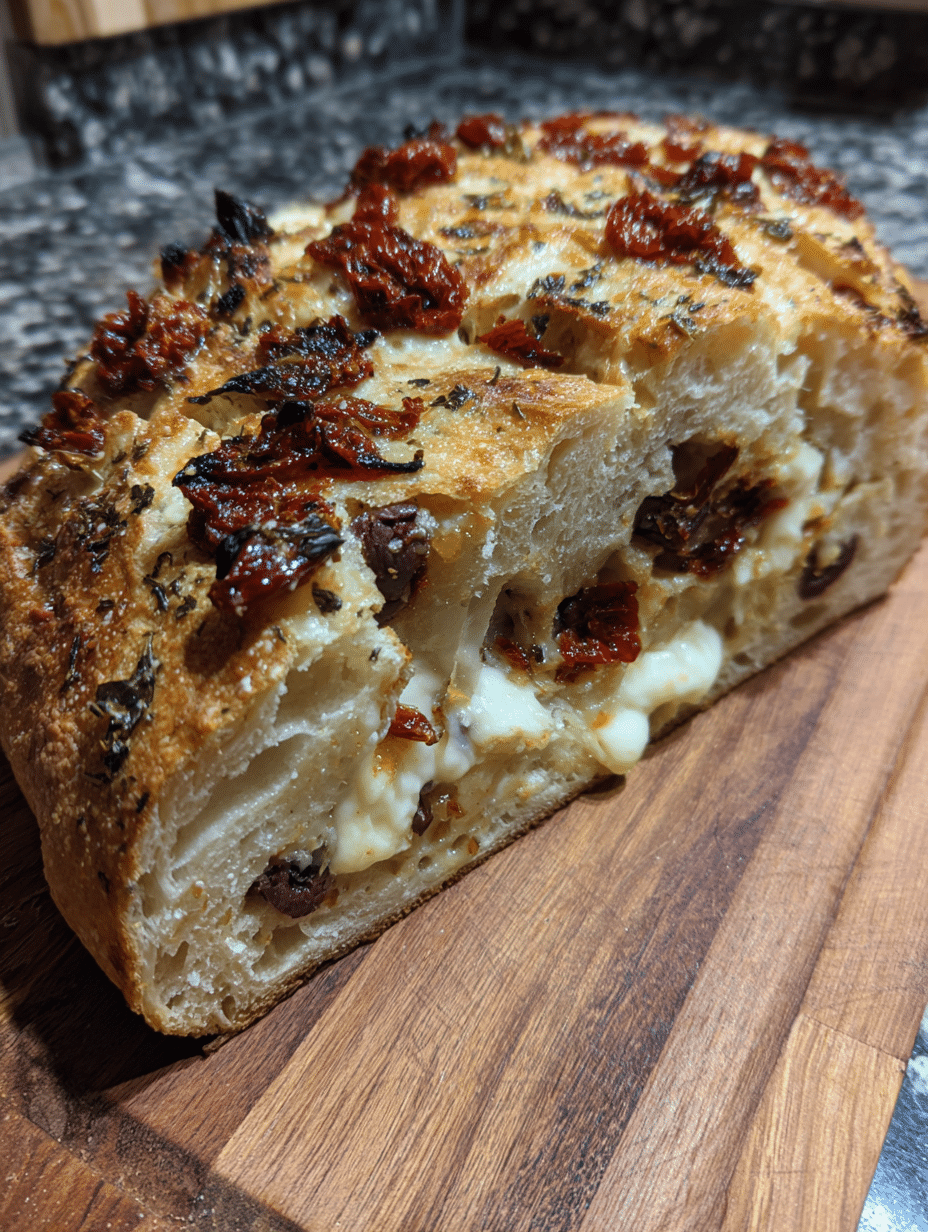Sourdough discard pizza dough is the crust upgrade you didn’t know you needed. If you’ve been tossing your discard or unsure how to use it, this recipe will change that for good. It’s easy, flavorful, and produces a crust that’s chewy, golden, and just tangy enough to make your taste buds pause in wonder. The bonus? You get incredible texture without a full sourdough rise time. In this article, we’ll explore why this dough is worth making, how to get it right, and tips that’ll elevate your next pizza night from routine to remarkable.
Table of Contents

Sourdough Discard Pizza Dough That Rivals Your Favorite Pizzeria
- Total Time: 1 hour 30 minutes
- Yield: 1 large pizza or 2 small 1x
- Diet: Vegetarian
Description
This sourdough discard pizza dough recipe creates a chewy, flavorful crust with just a slight tang. It’s an easy way to use up unfed starter and turn pizza night into something amazing.
Ingredients
1 cup sourdough discard (unfed)
½ cup warm water
1 tsp sugar
1 tsp active dry yeast
2 tbsp olive oil
1 tsp salt
2 to 2 ½ cups all-purpose flour
Instructions
1. In a mixing bowl, combine warm water, sugar, and yeast. Let it foam for 5–10 mins.
2. Stir in sourdough discard and olive oil until well mixed.
3. Add salt and gradually mix in the flour until a soft dough forms.
4. Knead on a floured surface for about 6–8 mins until smooth and elastic.
5. Place dough in a greased bowl, cover, and let rise 1 hour or until doubled.
6. Punch down and roll out into your desired pizza shape.
7. Top with sauce, cheese, and your favorite toppings.
8. Bake at 475°F (245°C) for 12–15 mins until the crust is golden and bubbly.
Notes
For extra flavor, refrigerate the dough overnight and let it come to room temperature before baking. This enhances both flavor and texture.
- Prep Time: 10 minutes
- Cook Time: 15 minutes
- Category: Pizza
- Method: Baking
- Cuisine: Italian-American
Nutrition
- Serving Size: 1 slice (1/8th of dough)
- Calories: 190
- Sugar: 1g
- Sodium: 250mg
- Fat: 6g
- Saturated Fat: 1g
- Unsaturated Fat: 5g
- Trans Fat: 0g
- Carbohydrates: 28g
- Fiber: 1g
- Protein: 4g
- Cholesterol: 0mg
Keywords: sourdough discard, pizza dough, easy homemade pizza
Why Sourdough Discard Pizza Dough Is a Game Changer
The Story Behind the Crust: A Weeknight Tradition
Pizza night in my house didn’t always start with a mixing bowl and flour-dusted counters. For years, we defaulted to delivery or frozen pies. That changed when I began experimenting with sourdough. The discard started piling up, and I couldn’t keep throwing it away. One Friday, I folded some into a quick dough and the crust that came out of the oven? Slightly crisp, delightfully chewy, and laced with that signature sourdough flavor. My family noticed immediately. Since then, this has been our Friday tradition. No knead for takeout when you can create something this delicious in your own oven.
Why It Works: The Flavor and Function of Discard
Sourdough discard brings more than just flavor. It deepens the taste profile with a mild tang and adds structure that commercial yeast alone doesn’t achieve. Even when unfed, the discard contributes enzymes and bacteria that enhance the texture and elasticity of your dough. When paired with just a little yeast, it rises reliably, making this the perfect hybrid recipe. You get the benefit of fermentation without a long bulk rise. And let’s be honest there’s something deeply satisfying about turning what’s usually tossed into the base of a showstopping pizza.

Making the Perfect Sourdough Discard Pizza Dough at Home
Ingredients That Matter: Why Each One Counts
It’s easy to assume all pizza dough recipes are alike, but with sourdough discard in the mix, balance matters. Let’s start with the discard itself. You want it unfed but not ancient ideally no more than a week old and stored in the fridge. The discard gives this dough its flavor backbone. A teaspoon of active dry yeast ensures a steady, reliable rise, especially when you’re short on time. A touch of sugar feeds the yeast quickly, while warm water brings everything together. Olive oil tenderizes the dough and adds subtle richness, while salt strengthens gluten and enhances flavor. And the flour? Stick to all-purpose for a chewy bite, or use a blend with bread flour for more structure.
The dough is forgiving, but you’ll want to knead until it’s smooth and slightly tacky not sticky. Let it rise until doubled, or better yet, refrigerate it overnight for maximum flavor. The longer rest gives the enzymes and acids from the discard time to develop depth and complexity. Trust me, it’s worth the wait.
Step-by-Step Method: From Mixing Bowl to Pizza Peel
- Activate the yeast: Mix warm water, sugar, and yeast in a bowl. Let it sit for 5 to 10 minutes until it foams.
- Incorporate the discard: Stir in your sourdough discard and olive oil until the mixture looks creamy.
- Build the dough: Add salt, then gradually mix in flour, ½ cup at a time, until a soft dough forms.
- Knead: Turn it onto a floured surface and knead for 6–8 minutes until it becomes elastic and smooth.
- First rise: Place in a greased bowl, cover, and let rise until doubled about 1 hour at room temp.
- Shape & bake: Punch down, roll out, top as desired, and bake at 475°F for 12–15 minutes.
Want even more flavor? Cold-proof it overnight. This simple rest will unlock bakery-level flavor and texture.
Tips to Elevate Your Sourdough Discard Pizza Crust
Cold Fermenting: Unlock Flavor Without Extra Effort
If you’ve got the time, letting your dough rest in the fridge overnight turns this recipe into something extraordinary. This cold fermentation slows everything down enzymes break down starches, natural acids build up, and gluten strengthens gently. What you get the next day is a dough that stretches like a dream and bakes into a chewy, blistered crust with rich, nuanced flavor.
After the first rise, just cover your dough and place it in the fridge. The next evening, bring it back to room temperature for 30–60 minutes before shaping. The texture difference is immediately noticeable. It’s the kind of crust that crackles slightly as you slice it and holds its toppings without going limp.
Crust Perfection: Thickness, Toppings, and Tricks
This dough is versatile it works for thin crusts, medium, or even deep-dish if you increase the proofing time. For a thinner, crispier crust, roll it out no thicker than ¼ inch and bake it on a preheated pizza stone or steel. Want it more pillowy? Leave it closer to ½ inch and give it an extra 15-minute rest after shaping.
Preheat your oven fully 475°F minimum and bake on the lowest rack to get the bottom golden and crisp. Brushing the outer crust with olive oil before baking gives you that shiny, golden finish. For extra crunch, sprinkle a bit of semolina under the dough.
Don’t overload with sauce or cheese; let the crust shine. Simpler toppings let that mild sour tang stand out, especially when paired with roasted garlic, fresh mozzarella, or torn basil. And if you’re curious about more ways to use discard on pizza nights, the garlic cheese bread and quick cheesy breadsticks are perfect companions.
Master Your Dough Common Questions, Better Results
The Role of Yeast in Sourdough Discard Dough
You might be wondering if sourdough discard is fermented, why add yeast? The answer is consistency. Discard adds flavor, but it doesn’t always have the strength or activity to leaven dough reliably, especially if it’s been in the fridge for a while. A small amount of yeast acts like a backup motor: it gets the rise going fast while still letting the discard’s wild yeast and bacteria do their slow, flavor-building magic.
This hybrid approach gives you the best of both worlds. It’s also helpful if you’re cooking on a schedule waiting for discard alone to rise could take all day, but a touch of yeast brings you to pizza time in just a few hours.
Mistakes to Avoid: What Can Go Wrong?
Too much flour is the number one mistake. This dough should be soft, tacky, and just barely pulling away from your hands not dry or stiff. Resist the urge to add extra flour while kneading unless the dough is genuinely unmanageable. Also, under-kneading will leave your crust flat and dense. Aim for a solid 6–8 minutes of kneading for that beautiful, elastic stretch.
Another common error? Skipping the rest after shaping. Even 15 minutes gives the gluten time to relax, making it easier to stretch and preventing it from shrinking back in the oven.
If you want to level up pizza night even further, try pairing this dough with discard garlic knots or even turning it into pizza rolls for a fun twist.
FAQs About Sourdough Discard Pizza Dough
What is sourdough discard pizza dough?
It’s a pizza dough made with unfed sourdough starter discard. The discard adds flavor and texture while reducing food waste.
Can I use unfed sourdough discard for pizza dough?
Yes! Unfed discard (ideally less than a week old) adds a mild tang and works perfectly when combined with a little yeast.
How long should I ferment sourdough discard pizza dough?
At minimum, 1 hour at room temp. For best results, ferment overnight in the fridge for deeper flavor.
Why use yeast in sourdough discard pizza dough?
Discard alone may not rise reliably. A touch of yeast ensures a solid rise while keeping all the sourdough benefits.
Conclusion
Sourdough discard pizza dough is more than just a clever way to reduce waste it’s your new go-to for unforgettable pizza nights. With its perfect balance of flavor, chew, and crisp, it outperforms most delivery options and brings artisan baking right to your kitchen. Whether you rest it overnight or bake it the same day, this dough is adaptable and always rewarding.
More recipes? Follow me:
Facebook – Tasty Trails
Pinterest – Tasty Trails






Comments and Reviews